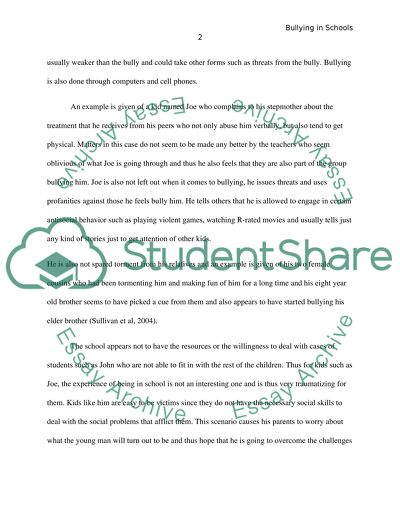Cite this document
(“Bullying Prevention and Intervention: Realistic Strategies for Schools Book Report/Review”, n.d.)
Retrieved from https://studentshare.org/family-consumer-science/1412140-bullying-prevention-and-intervention-realistic
Retrieved from https://studentshare.org/family-consumer-science/1412140-bullying-prevention-and-intervention-realistic
(Bullying Prevention and Intervention: Realistic Strategies for Schools Book Report/Review)
https://studentshare.org/family-consumer-science/1412140-bullying-prevention-and-intervention-realistic.
https://studentshare.org/family-consumer-science/1412140-bullying-prevention-and-intervention-realistic.
“Bullying Prevention and Intervention: Realistic Strategies for Schools Book Report/Review”, n.d. https://studentshare.org/family-consumer-science/1412140-bullying-prevention-and-intervention-realistic.


